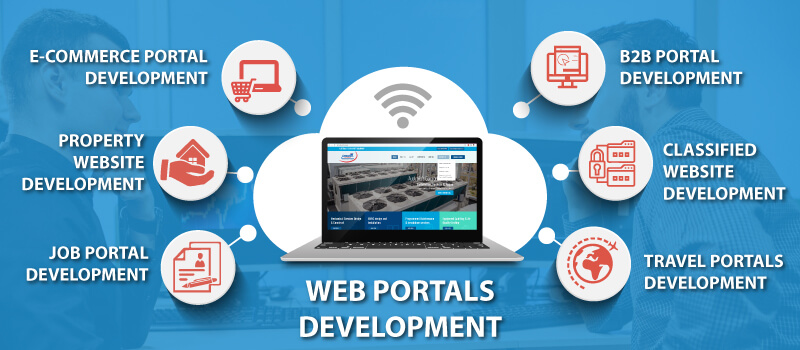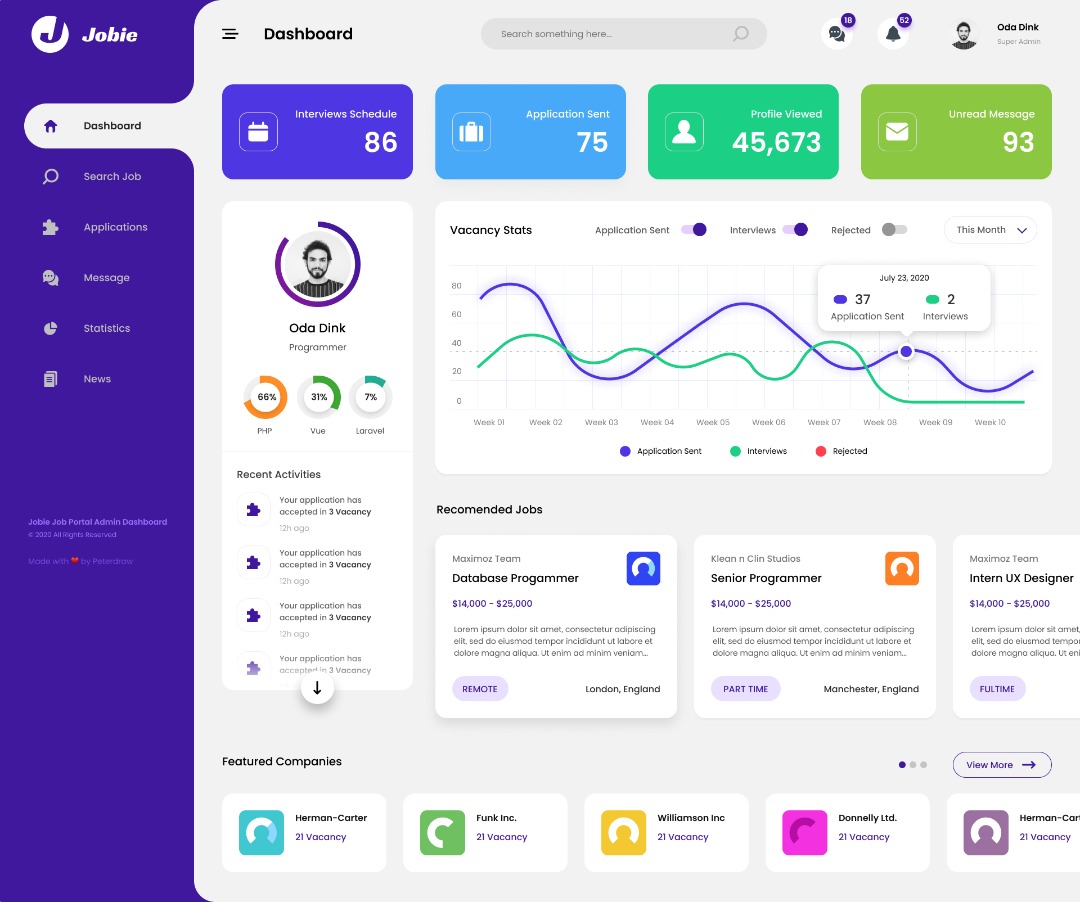
A portal represents a web site that provides a single point of access to applications and information.
- Aggregation – The user can go to a single place for all content and applications.
- Customization – The preferences for a user determine how the portal looks and feels.
- Personalization – The user can obtain content that is specific to their interests and needs.
- Organization – The user can arrange the content and applications to make better sense of the information.
- Integration – The user can work with multiple applications and content sources in a unified fashion.
- Search – Enterprise and web-based search facilities.
- Content Management – Creation, management, and delivery of content.
- Content Repurposing – Including content from multiple disparate data sources.
- Workflow – Business process management.
- Single Sign-On – Allows users to log on once for all applications within the portal.
- Portal can be developed in various platform and technologies and Framework.
- HTML5, Bootstrap 5+ and CSS is widely used Framework to develop rich and interactive content development for web applications.
- Open Source Platform is Idela Choice
- Microsoft Platform is another Technology
- Java with Oracle Framework is another Technology.
The creation and management of a portal flows through a portal life cycle. The portal life cycle contains four phases :
- Progressive Web Apps (PWA)
- Accelerated Mobile Pages (AMP)
- Voice Search Optimization

